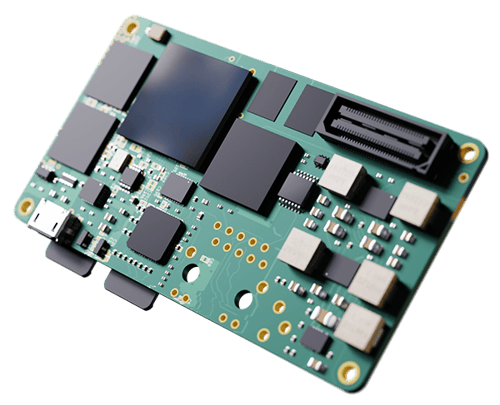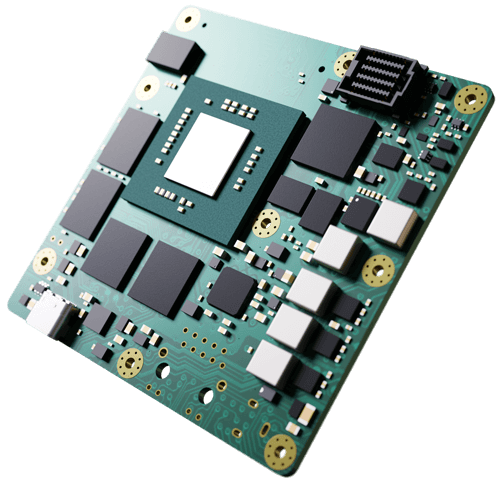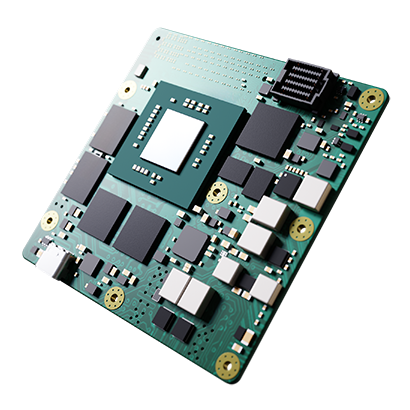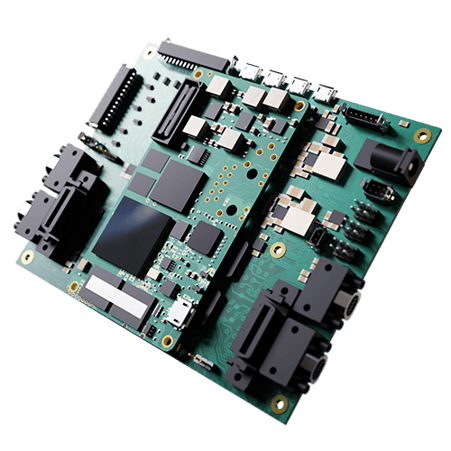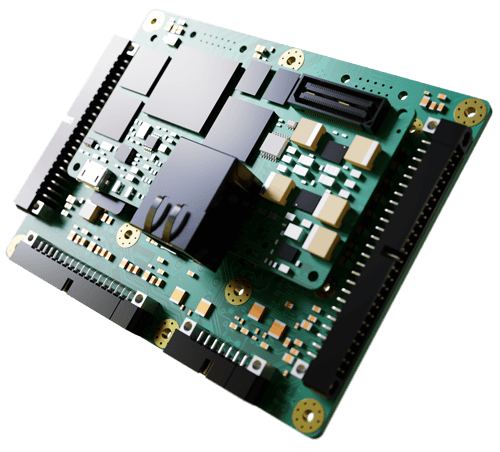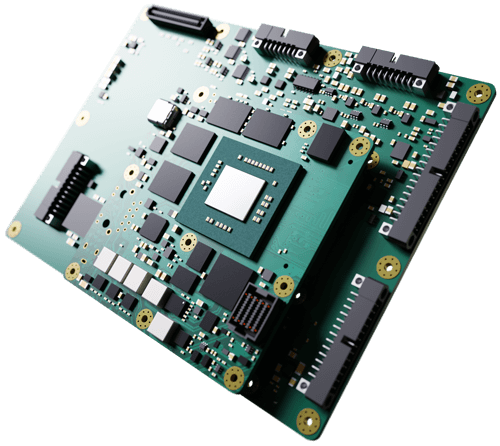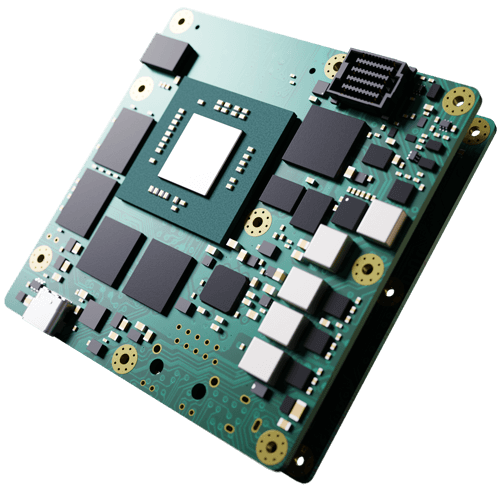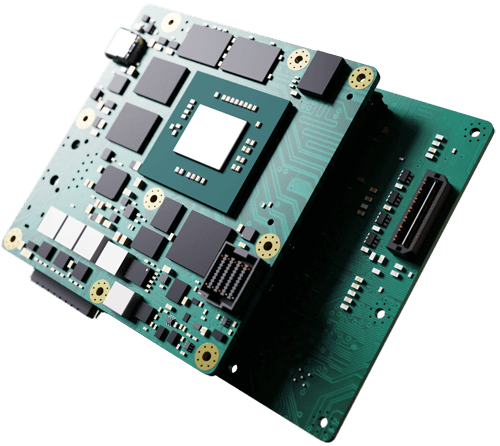Low-Earth Orbit

Low Earth Orbit for LEO missions are expanding and cover a diverse range of applications:
Q-Card processors deployed in over 100 LEO missions
Did you Know...
Explore Custom SolutionsSpace Exploration
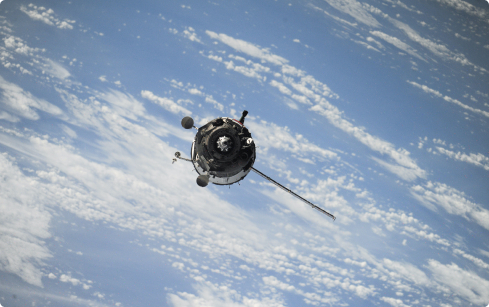
The scope of space exploration: a dynamic landscape of expanding applications
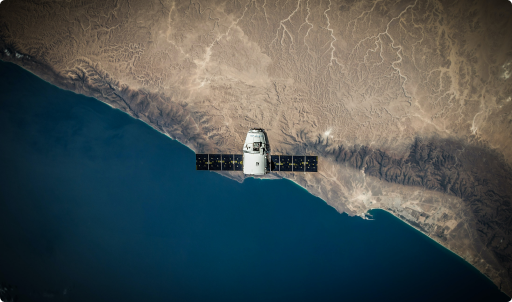
Q-Card series: empowering space exploration missions
Did you Know...
Explore Custom SolutionsLaunchers
%201.jpg?width=489&height=313&name=spacex--p-KCm6xB9I-unsplash%20(1)%201.jpg)
Enabling access to space with powerful, robust, and lightweight space-rated processors and subsystems


